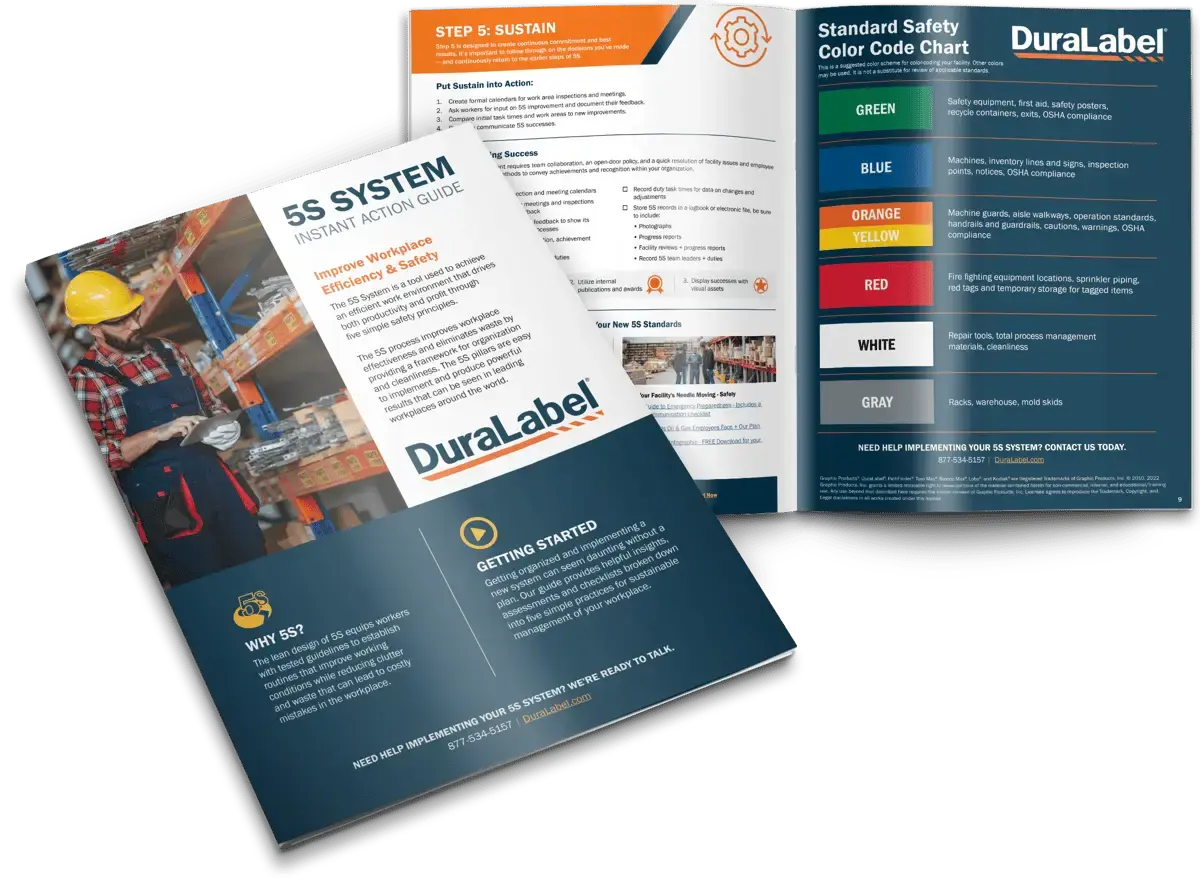The Organizational Development Process
DuraLabel Experts
Updated on: December 18, 2025
2 MINUTE READ
Published on: Feb
03,
2023

To understand the organizational development process, we first need to know what organizational development is. As Gary McLean writes in his book "Organization Development: Principles, Processes, Performance," determining what it is presents a problem:
"There is no standard definition of organizational development. What may be considered as legitimate organizational development practice by some may equally be perceived by others, legitimately, as being outside the scope of organizational development. How does the field continue to exist and thrive when we cannot agree on its definition?"
After examining several definitions proposed by others, he proposed the following definition of contemporary organizational development:
"Organization development is any process or activity, based on the behavior sciences, that, either initially or over the long term, has the potential to develop in an organization setting enhanced knowledge, expertise, productivity, satisfaction, income, interpersonal relationships, and other desired outcomes, whether for personal or group/team gain, or for the benefit of an organization, community, nation, region, or, ultimately, the whole of humanity."
The Objective of the Organizational Development Process
The objective of the organizational development process is to:- identify and address problems instead of neglecting them
- focus on human, social, relational, and structural changes
- have a planned, proactive change in an organization, that addresses an identified problem
- have a holistic approach to change, instead of an uncoordinated piecemeal approach
- establish measurable goals for organizational change
- manage conflict, and increase trust and cooperation among employees
- improve the organization's ability to solve problems
- establish a process and culture of continuous improvement
Organizational Development Process - The Action Research Model
The principles of the Action Research Model are commonly used to guide the organizational development process. They involve exactly what the name implies—researching the problem and taking action. But it is much more than that. Action Research includes multiple feedback loops that make it highly responsive to situations that are constantly evolving and changing. Using the Action Research Model results in a systematic approach to improving conditions through planned change in an organization. It typically involves six major steps. These are defined as:- Diagnosing the Problem: The process starts by identifying the problem. Diagnosis typically involves data collection, root cause analysis, and an initial evaluation to clarify various theories and options.
- Assessment and Feedback: An assessment, involving a thorough investigation of the problem, is used to get an in-depth understanding of the situation.
- Planning: Once the problem is defined and the situation is understood, an action plan is developed.
- In addition, measurable goals defining the desired results are an important part of the plan.
- Implementation / Intervention: With a plan in place, implementation begins. Tools used include:
- Skill development seminars
- Career development
- E-learning
- Coaching
- Leadership development
- Talent management
- Evaluation / Feedback: As the plan is completed, the overall effect on the organization is evaluated.
- If the desired change is not seen, the evaluation looks for the root cause and feeds back into earlier steps.
- Success: The desired change is achieved. Standards are created and sustained.
Organizational Development Process - It's About People
The organization development process involves changing behavior. While there is some predictability, the unexpected can be expected, making the organizational development process a dynamic process. Applying the principles of the Action Research Model to the organizational development process provides an approach to change that is adaptable, with constant feedback that allows the process to adjust to actual situations.Practical Application of ODP
Organizational Development Process is a high-level strategy to improve how your business functions. Sometimes it takes practical implementation recommendations to make high-level strategies a reality. Our free 5s System Guide provides those practical implementation recommendations to move your organization forward. Download your free copy today.
Related Resources

Process Cycle Efficiency (PCE)
The Process Cycle Efficiency, sometimes referred to as the "Value Added Ratio," is a measurement of the ...
Read
Lean Construction
What is Lean Construction? A term that is coming into common use is "lean construction." Lean construction ...
Read
Value Added vs. Non-Value Added Activities
What is value and how do we identify activities that add value and those that do not add value? Value can ...
Read.png)





